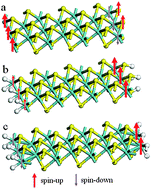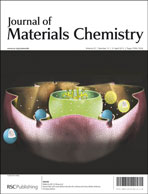Two-dimensional materials have various applications in next-generation nanodevices because of their easy fabrication and particular properties. In this work, we studied the effects of edge structures on the edge stability, and electronic and magnetic properties of MoS2 nanoribbons by first-principles calculations. We predicted that S-terminated zigzag nanoribbons are the most stable even without hydrogen saturation because of their low and negative edge energies, although hydrogen saturation of the edge states can stabilize other nanoribbons with different edge structures. MoS2 zigzag nanoribbons are metallic and ferromagnetic. Importantly, their conductivity may be semiconducting (n- or p-type) or half metallic by controlling the edge structures saturated with H atoms. The magnetic states of the MoS2 zigzag nanoribbons are enhanced by H-saturation and are much stronger than those of graphene zigzag nanoribbons. The armchair nanoribbons are semiconducting, with bandgaps increased by the hydrogen saturation of their edge states, and are nonmagnetic. These MoS2 nanoribbons with versatile functions may have applications in spintronics, nanodevices, and energy harvesting.

You have access to this article
 Please wait while we load your content...
Something went wrong. Try again?
Please wait while we load your content...
Something went wrong. Try again?


 Please wait while we load your content...
Please wait while we load your content...